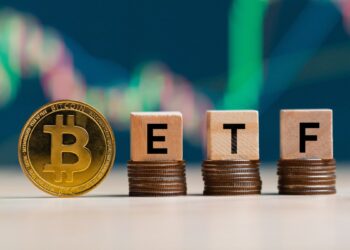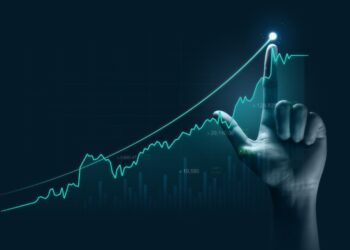During Fidelity’s media briefing, portfolio manager George Efstathopoulos noted that investors are becoming increasingly optimistic about the future, which is seeing money flood back into the market.
“In March it was ‘sell now, ask questions later’. If you’ve seen what has happened in the past couple of months, it has been the exact opposite,” Mr Efstathopoulos said.
“It’s been buy, with a fear of missing out syndrome, and ask questions later.”
Mr Efstathopoulos said he is becoming increasingly worried about the divide that is happening between the fundamentals of world economies, which are facing an uncertain post-COVID-19 future, and the markets, which are pricing in a fast recovery.
“We are seeing a meaningful divergence between global economic fundamentals where huge uncertainties lie ahead and financial markets that are pricing a strong V recovery,” the portfolio manager said.
“We think the driving force behind this growing wedge is the massive injection of liquidity from central banks.”
Mr Efstathopoulos explained that key data — including employment, retail sales and real estate markets — remain uncertain despite positive signs.
“If we look at the job data, a higher proportion of what is classified as temporary employment rather than permanent employment, which supports the V-shaped recovery narrative,” he said.
“However, the longer the return to normality takes, the higher the bankruptcy, the higher the defaults. We are seeing them across the services sector, food and beverage sector, and it will cause temporary unemployment to permanent unemployment.”
The portfolio manager pointed out how the resumption of activity still has uncertainty despite early positive signs.
“I think two things. Firstly, speed also matters. Is the resumption of activity as fast as we thought two months ago? In some instances, that speed has fallen behind.
“[Secondly,] the resumption of these activities tells us nothing about how consumption will be affected by soaring unemployment or how business investment will respond to widespread bankruptcy that are already happening.
“The end of recession caused by mechanically lifting bans on supply-side activity is completely different from an economic recovery driven by consumer and business demand.”


